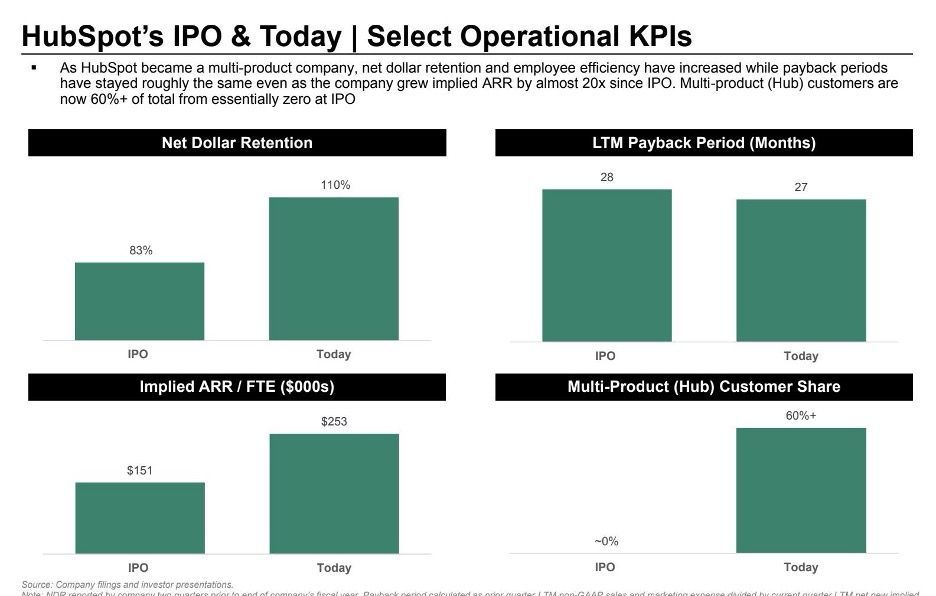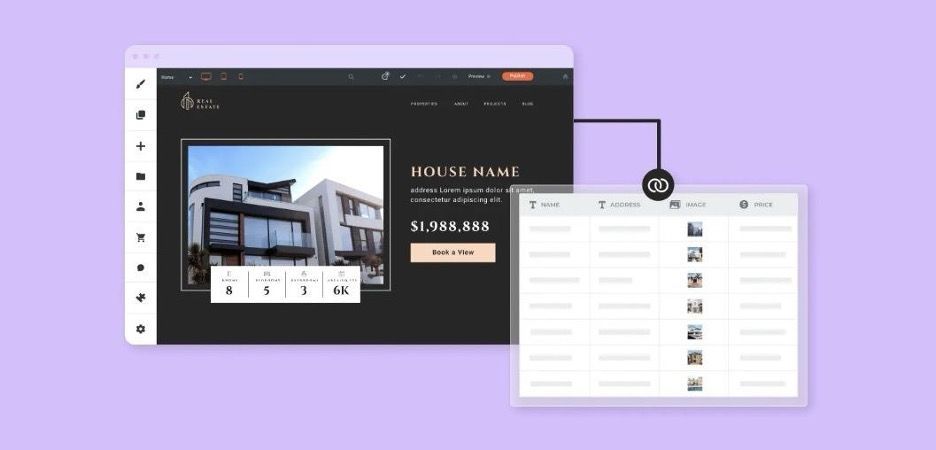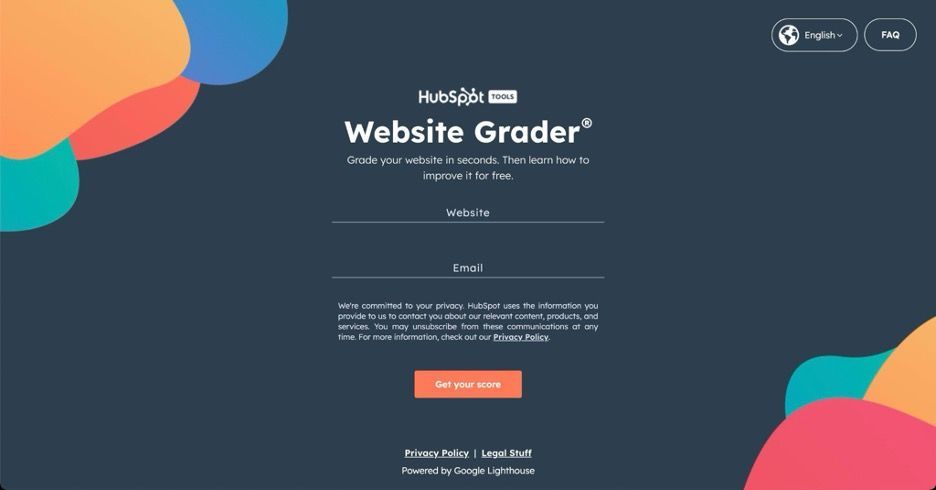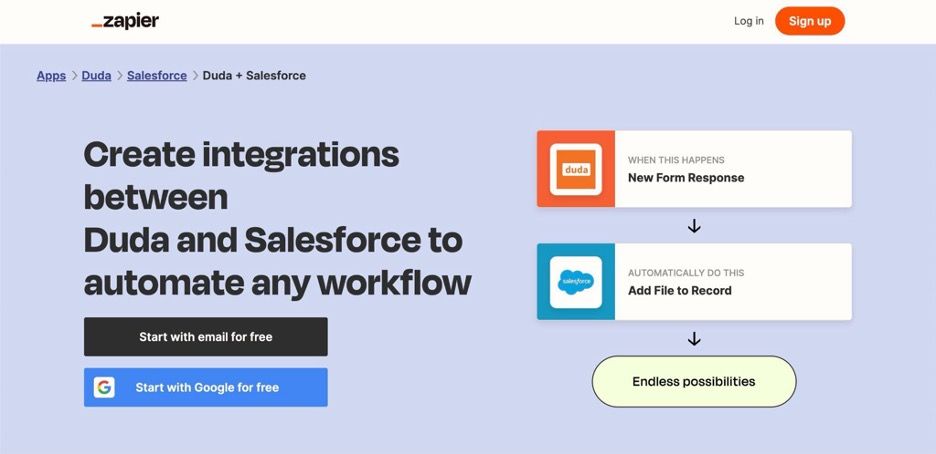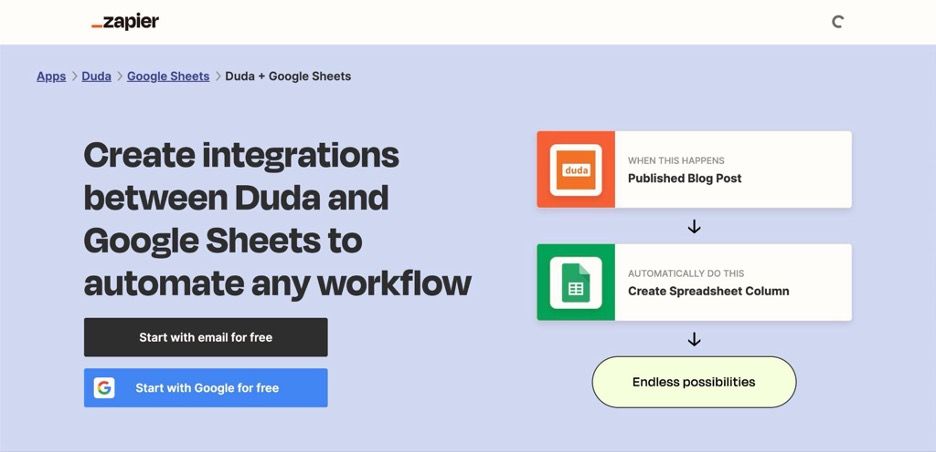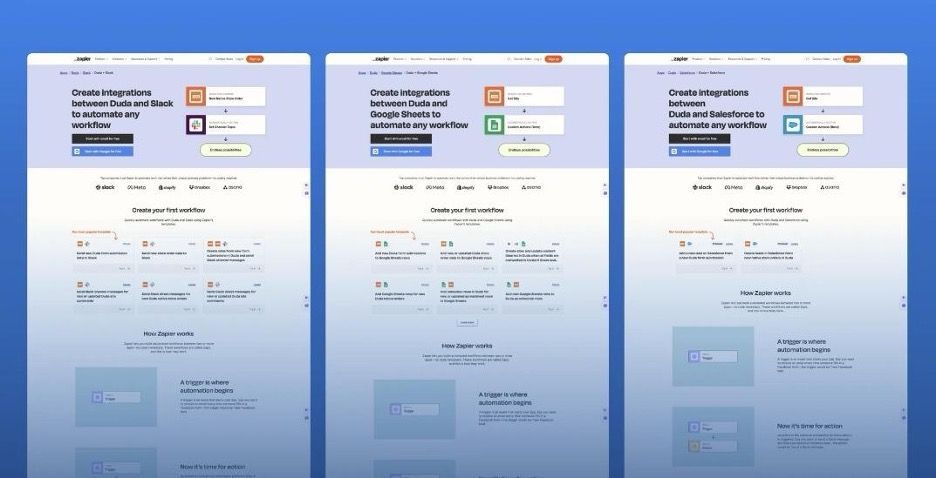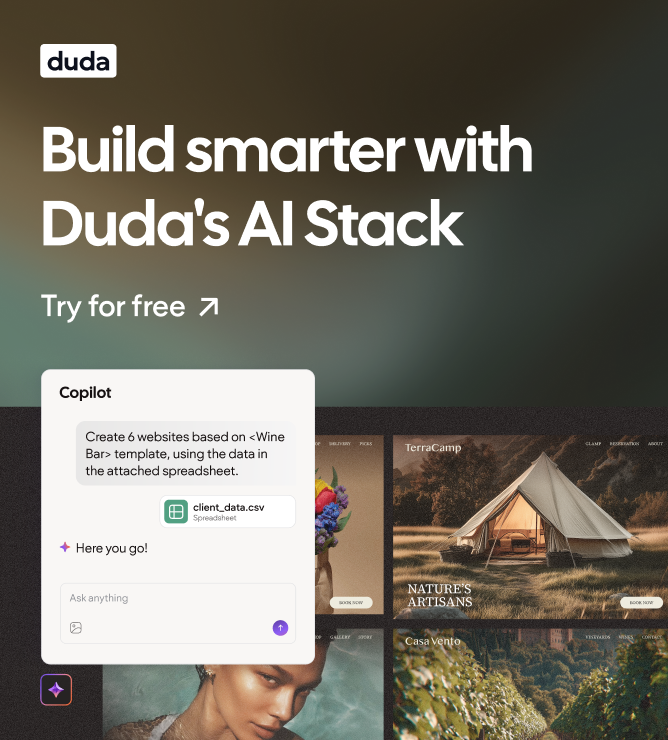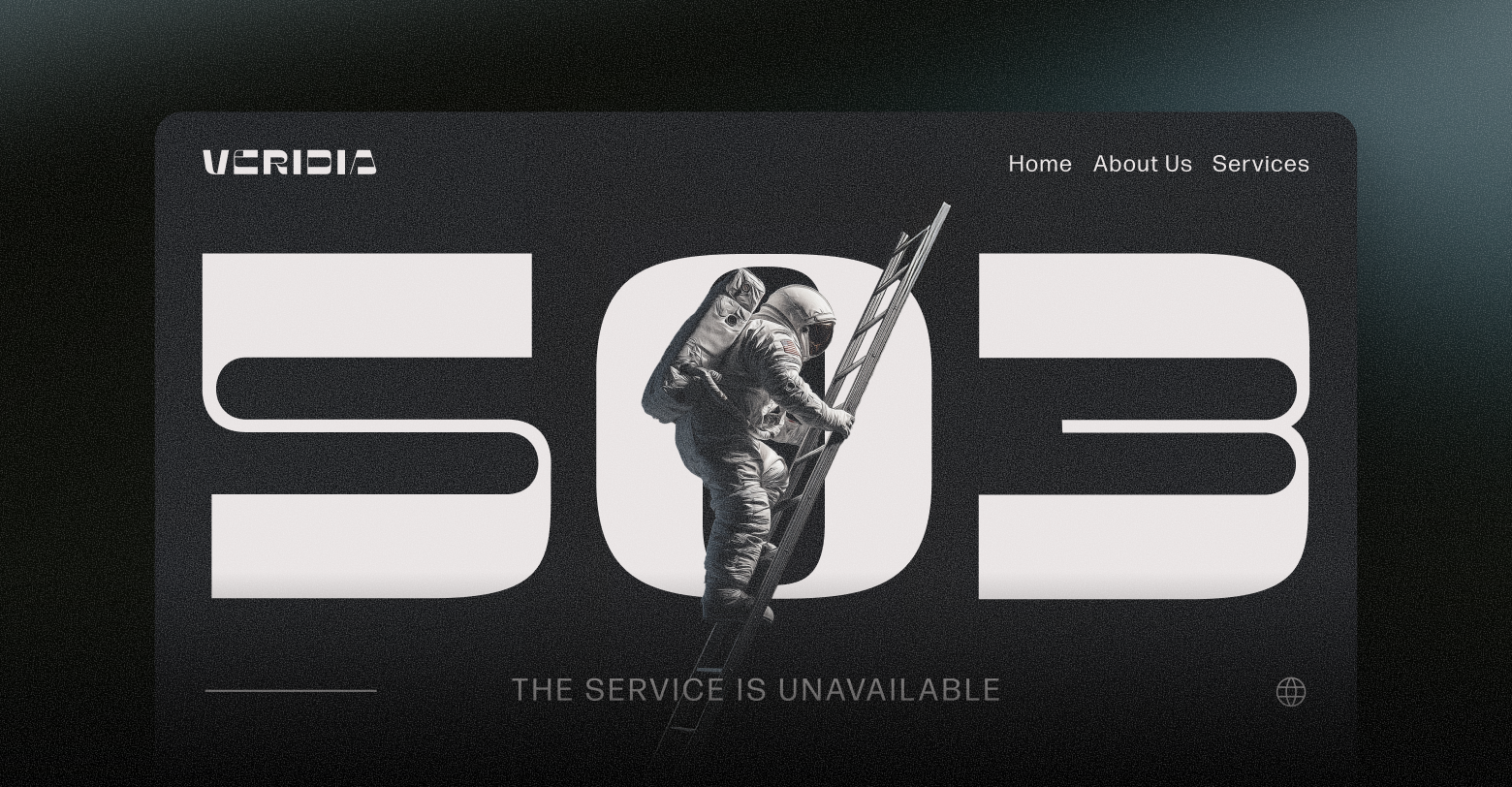Predictable revenue from recurring subscribers makes the
SaaS model one of the most scalable in the business world. As a cloud software vendor, as long as you retain your customers, you have a platform upon which you can grow your business exponentially.
Compare this to, say, eCommerce sales, where you have to constantly acquire new customers to maintain the same level of month-over-month income, then build on top of it.
So why, then, does McKinsey report that
only 1 in 5 SaaS companies survives its first five years in business?
The reality for SaaS is, these businesses have to grow fast, or die out. Despite having such a scalable revenue model, younger businesses have to rapidly acquire customers to offset their high customer acquisition costs and operational expenses and make up for their initially high R&D costs.
According to McKinsey, a software company growing at an annual rate of 20% has a
92% chance of going out of business within a few years. Even growing at a YoY rate of 60%, the odds of making it to multibillion-dollar status are less than half.
In this reality, you have to get creative when it comes to selling to small and mid-sized businesses. And that's where growth hacking comes in.
What is SMB SaaS?
SMB stands for small and medium-sized business. When we say “SMB SaaS,” we’re referring to software companies that sell to businesses with fewer employees, less revenue, fewer IT requirements, and fewer assets than large enterprises. Think: a SaaS vendor selling a booking engine for plumbers or property management software to real estate agents.
SMB vs. enterprise SaaS
Enterprises are much larger businesses with greater resources. They're also notoriously difficult to sell to, since they're risk-averse and have complex decision-making processes.
In the enterprise sector, you'll almost always see long, well-defined, and content-intensive sales cycles. While they have more budget to spend, they also have strict requirements for security, scalability, and customizability that SMBs don't. And they know implementation will take months and disrupt their team's workflows, so they're much more careful when evaluating options.
SMBs are more open to trying out new software solutions. They aren't bound by complex procurement processes, strict budgets, or complicated decision-making hierarchies that impede strategic growth in enterprise SaaS. Thus their sales cycles are much quicker.
To sell to SMBs, you have to prioritize:
- Quick time-to-value (what can your product do for them as soon as they start using it?)
- Seamless and simple implementation (does it integrate with their existing systems without disrupting workflows?)
- Growth benefits (will your customer grow faster with your solution?)
- ROI (will it make your target customer more profitable?)
SMBs are much more likely to adopt systems that make them more agile, efficient, and profitable, provided they don't have a steep learning curve or long implementation process. That's precisely why AI tools like ChatGPT (which
57% of SMBs have already tried using) have permeated so quickly into the SMB market.
There are also far more opportunities when selling and upselling SMB SaaS companies (albeit, with higher churn and at a lower TCV/CLV). SMBs represent
44% of the U.S. GDP, and the SMB SaaS market will hit a
projected $85.72 billion by 2027, and that's spread out across a far larger total addressable market (TAM).
What is growth hacking for SMB SaaS?
Sean Ellis, founder of GrowthHackers, coined the term "growth hacking" in 2010 after his work with Dropbox. According to him, its most correct definition is: "experiment-oriented marketing."
In an SMB SaaS context, growth hacking is a data-driven, creative, and low-cost marketing approach aimed at growing and retaining an active user base (and, by extension, increasing revenue).
It's an agile process of identifying the most effective growth channels (whether it's SEO, social media, or referral programs), experimenting with different strategies using the unique capabilities of digital platforms and tools, and optimizing them based on results.
Growth hacking vs. other types of B2B marketing
While traditional B2B marketing tends to follow more established, systematic approaches (like account-based marketing, which focuses on targeting individual accounts), growth hacking is much more dynamic and creative.
Let's take a look at some of its fundamental differences:
- Tools and methodologies. Growth hackers frequently utilize A/B testing, data analytics, and automation tools to identify and capitalize on growth opportunities quickly. They also explore non-traditional marketing channels like viral marketing to reach a wider audience. Traditional marketing relies more on market research, branding, advertising, and public relations.
- Timeframe and results. Growth hacking seeks immediate results through rapid-growth tactics. Businesses implement traditional B2B marketing strategies with a long-term perspective, aiming for sustainable growth and brand development.
- Resource allocation. Budget considerations vary significantly between the two. Growth hacking often operates on limited budgets, focusing on high-impact, low-cost tactics. Traditional marketing gets access to larger budgets, so it utilizes expensive channels like trade shows.
Culture and team structure are also quite different between the two. Traditional marketing relies on a hierarchy of siloed departments with clearly defined roles and areas of expertise. Growth hacking is cross-functional, relying on collaboration and experimentation.
Benefits of growth hacking for SMB SaaS businesses
Since it's all about speed, agility, and cost efficiency, growth hacking is far and away the best marketing approach for SMB SaaS businesses prioritizing short-term growth and fast user acquisition.
Its...
- cost-effective,
- iterative approach ("fail fast, learn quickly"),
- use of data and experimentation,
- and focus on quick results and flexibility to pivot
...make it highly effective for SMBs with limited resources and time.
That said, it's important to note growth hacking isn't a shortcut or replacement for long-term business growth strategies. Instead, you should look at it as a complementary approach that speeds up customer acquisition, product validation, and revenue generation while you continue to develop sustainable growth strategies for the long term.
7 product growth hacks for SMB SaaS vendors
Without further ado, let's dive into some actionable growth hacks your SMB SaaS business can start implementing today:
1. Go multi-product.
SMBs are in a unique position. They're sandwiched between building a tech stack made up of a dozen different solutions or consolidating multiple functions into one expensive, enterprise-grade solution.
The reality is, they probably don't need a giant suite of software solutions. But they do have a tendency to simplify their tech stack and procurement processes to meet their growing budget and resource constraints.
With that in mind, it's worth considering expanding your product line into a multi-use-case bundle, then marketing it as a solution that helps SMBs consolidate and save money while giving them exactly the tools they need.
Take HubSpot, for example. While the company IPO'ed with just Marketing Hub under its belt (at 83% net dollar retention), it's since dramatically expanded its product line to include, Sales Hub, Service Hub, and more.
Since its IPO, its net dollar retention rose to 110%, its market cap has increased by 2,378%, and its total addressable market (TAM) more than doubled to $45 billion.
Here’s a visual representation of HubSpot’s pre- and post-multi-product performance in an
analysis from Meritech Capital:
Plenty of SaaS providers rely on their end customers having a website for software delivery — online booking apps, scheduling tools, real estate portfolios and payment gateways, to name a few.
Since bad UX hinders product adoption, having a site set up for your customers with a pre-integrated template and core app is non-negotiable.
Long-term, it'll also increase their dependability on your solution as a business core. And since websites tend to be stickier than other app types, it can help reduce churn.
Looking to find out more about Duda for SMB SaaS providers?
Visit Duda for SaaS solution page
3. Create useful free digital tools.
This is one of the most common growth hacks for SMB SaaS providers.
- Digital tools come in all sorts of flavors:
- Calculators
- Templates
- Software integrations
- Analysis, grading, and audit tools
- Browser extensions
- Social media tools
- Platform-specific utilities
HubSpot is a great example here, again. Its
Website Grader tool has been around for over a decade, helping businesses quickly
measure their website's performance and identify areas of improvement.
In return, HubSpot collects lead information and uses the tool as an entry point into its sales funnel. But more importantly, it positions itself as a helpful, go-to resource for all things marketing. And when those small and mid-sized businesses are ready to invest in a more complete solution, HubSpot will be top of mind.
4. Offer a freemium version of your product.
With freemium, you offer your core product for free, but with limited features or usage capabilities. Once the user reaches those limits, familiarizes themselves with your product, and realizes how valuable it is to their business, they're more likely to upgrade to a paid version.
In some cases, like Zoom, you may not even want to convert SMBs to paying customers. The company’s SMB NRR
stayed at 130%+ for 11 consecutive quarters, but most of these customers never actually converted to a paid version.
The key with the freemium model is to create a free product so good you don’t have to worry about churn. With no churn to offset customers who did expand, Zoom still ended up with remarkably impressive NRR figures.
Other examples of this are Slack, Trello, and Notion.
5. Integrate with your ICP's existing tools and software.
99% of your potential customers are going to ask themselves at some point, "Does it integrate with Product X?"
Integration is practically table stakes these days. If your software doesn’t work with other business tools, your ideal customers can’t buy it.
Since we're a site builder for SaaS companies, we have a few key
integration categories:
- Business/site management (Google Analytics, Calendar, PayPal, Zapier, GMB)
- Marketing (Mailchimp, Constant Contact, Yelp, OpenTable)
- Social networks (WhatsApp, Insta, Facebook, Snap, Twitter, LinkedIn)
Plus, other integrations for additional functionalities like live chat, scheduling, SEO audit, advertising, and tons more on
our app store.
Your integration library will be different. The point is to make sure you have one that's aligned with your ICP's existing tech stack and daily processes.
Let's say you're selling CPQ software for manufacturing companies. You'll want connectors for vendor portals, CRM platforms, procurement software, and CAD automation, to name a few.
6. Optimize your user onboarding process for better activation.
Time-to-value and product adoption are remarkably telling of long-term retention. Average activation rates across the industry are also shockingly low —
25% to 30%, according to Userpilot.
User onboarding is a tricky beast to tackle. It's a mix of UX design, marketing, sales enablement, and product management.
Here are a few tips:
- Don't overwhelm users with too many steps or options.
- Use data and insights to personalize each user's experience.
- Utilize in-app messaging, popups, and tooltips to guide users through key features and actions.
- Offer product walkthroughs, video tutorials, and live chat support to help users get up and running quickly.
- Create an onboarding checklist and progress bar.
Long-term, continuously gathering user feedback and making improvements based on their needs and pain points will help you optimize your onboarding process even further.
7. Incorporate AI tools into your platform.
Less than one-third of SMBs are currently using AI, and a lack of accessibility and affordability is a huge reason for this. By incorporating AI tools into your products, you’re creating a huge differentiator.
For instance, Duda's
AI assistant our customers and their SMB users revise web content, automate SEO implementation and more, with just a few clicks.
AI content generation and chatbot tools are also helpful for improving your internal processes as well.
You can't use them to automate your entire content creation processes (untouched AI-generated copy won't convert). What they can do, though, is help you streamline your workflows, so you can create high-quality articles, ads, and email marketing campaigns faster and integrate SEO best practices effortlessly.
9 marketing and sales growth hacks for SMB SaaS vendors
Marketing and sales growth hacks aren't related to product development. They're tied to how you bring it to market.
Let's dive in.
1. Experiment with different pricing strategies.
Nailing pricing is tough. But it's the biggest optimization you can make in SaaS.
When you make a test, it takes months to understand its real impact. So, how do you iterate faster?
You don't "test" it. You experiment.
- Create a hypothesis
- Choose an objective metric
- Document the new pricing option
- Launch it with different segments
Then, collect data, analyze it, and decide if you're ready to change your pricing. Over time, you'll find what works.
We can see an interesting real-life example of price optimization in SaaS with Drift, a conversational marketing platform. Drift
transitioned to a per-active-user pricing model to align their pricing more closely with the actual value received by their customers and to reduce churn rates.
This value-based pricing model has been remarkably successful for Drift, which claims a 670% ROI increase and 100% higher lead-to-pipeline conversion rate.
Other tactics include tiered pricing, discounting, microservice bundling, and price localization.
2. Use ungated content.
There is a significant debate within the SaaS community regarding the practice of gating content. While this strategy holds certain advantages, some individuals pose the question: Why compel website visitors to surrender their email addresses in exchange for access to a case study or report that demonstrates the value of your product? They argue that this approach only ensures a reduced audience reach.
In this context, offering ungated content can serve as a valuable sales asset. It promotes awareness and facilitates the development of remarketing campaigns targeting users who have engaged with the ungated content.
3. Optimize your website.
Your website is your most important sales tool. Yet, it's often left in the dust with outdated design and messaging.
Here are some quick tips for optimizing your site:
- Personalize the customer journey with dynamic content (e.g., personalized headlines or images)
- Optimize for mobile users
- Optimize for core web vitals
- Use heat mapping to understand user behavior
- A/B test different elements (e.g., forms, CTAs)
- Include a knowledge base and FAQs
- Qualify leads and help visitors navigate using a live chat plugin
- Simplify your navigation and remove any friction points
To make the process easier and more data-driven, use
website optimization tools to leave no stone unturned.
4. Leverage user-generated content.
User-generated content is the ultimate social proof for your product. It's authentic, unbiased, and comes straight from the users themselves. Plus, it's a major deciding factor for nearly all of your prospects. So it's one of the most important elements of
SaaS marketing.
Some ideas for incorporating user-generated content into your marketing strategy:
- Sharing customer success stories on your website and social media channels
- Embedding reviews from platforms like G2 Crowd and Trustpilot on your website
- Running user-generated content campaigns, such as having customers publish their biggest productivity hacks while using your software
For one, these things will help with brand credibility. But they also increase engagement and can lead to more sales/meetings booked. For instance, putting reviews on your page can increase conversions by
up to 270%.
5. Utilize programmatic SEO
Programmatic SEO is a strategy where SaaS companies create hundreds or thousands of web pages for long-tail search queries (think: "best project management software for small businesses") using specialized code. The goal is to target large quantities of low-competition, high-intent keywords in a near-automatic way.
For instance, when you search for an integration between two software platforms, Zapier always pops up first.
When you click through, you see a landing page like this:
Zapier didn't have to go in and produce all these landing pages. They programmatically generate them, all with the intention of ranking in search for product-specific keywords.
Watch — if we switch "Salesforce" to "Google Sheets," we'll get a near-identical page.
You can do this with Duda's
Dynamic Pages module. It enables you to create a database of all your integrations, product features, etc., to automatically generate hundreds (or thousands) of landing pages from a template like this:
6. List yourself on SaaS directories.
SMB Buyers use SaaS directories to find products all the time. Beyond that, it's also a way to boost your credibility (more reviews = more trust).
G2, Capterra , GetApp, Software Advice and Product Hunt are some good examples of such directories (check out our page on G2).
Product Hunt, for example, allows users on the platform to upvote new products they like, which ultimately helps increase their exposure. The more engagement a product gets, the higher it will rank in the directory.
7. Publish comparison pages for every competitor.
Every (smart) SaaS buyer is going to look at multiple options before picking one. It's your job to make sure you've got the content on your site that helps them make that decision (e.g., our
Duda vs. Squarespace comparison).
The benefit to this is twofold:
- You get a page that ranks for "competitor vs. your product" terms.
- You give buyers an honest, in-depth comparison of how you stack up against someone else.
That means it drives qualified buyers into your pipeline. Equally importantly, it weeds out bad-fit customers who would tank your conversion rate, CLV, or both.
8. Launch a referral program.
Word-of-mouth is the most powerful form of marketing in 2024. And, while reviews, testimonials, case studies, and other on-page content will definitely boost your conversions, some of the easiest sales you'll close will be from people who heard about you from a friend.
Dropbox
used a referral starategy that increased signups by 60%. A few takeaways from their process:
- Make it easy for users to share your product. In addition to a referral link, Dropbox offered options for email, Facebook, and Twitter referrals.
- Create an incentive for the referrer. Dropbox gave everyone who referred a new customer a 500MB storage increase.
- Give the referee a benefit over signing up the normal way. The person who signed up for Dropbox because their friend referred the service got an extra 500MB of storage, too.
If your signup and referral processes are quick, painless, and offer a clear benefit to both parties, you'll land tons of new users without putting forth too much effort.
9. Leverage influencers.
When we think of influencers, consumer products come to mind. But there are tons of influencers in the SMB SaaS Space, too. You can leverage their reach to get in front of a highly targeted audience.
Some ways to do this:
- Get them to host webinars with you. They can help you break into new audiences and bring credibility to your product.
- Ask for reviews or case studies. Just like customer success stories, influencer endorsements carry that social proof your buyers are looking for.
- Have them as guest bloggers. If they have a blog or podcast, collaborate with them to create content that's valuable to both of your audiences.
- Have them promote your product on their socials. They have a LinkedIn and/or Twitter (X) following that trusts their opinion. Product mentions from them will be huge for your credibility.
- Integrate with their product/service. If your product is complementary to what they offer, consider integrating with them and co-marketing the integration.
The key here is to find influencers who have an audience of potential customers and a personal brand that aligns with your product. This will ensure their endorsement is authentic and valuable to both parties.
Final thoughts
Developing an SMB SaaS product and getting it to market is remarkably challenging. The good news is, it doesn't have to cost you an arm and a leg to get your product in front of your target users.
By using the abovementioned tips, you can widen your TAM, bring more qualified leads into your funnel, drive more conversions, and ultimately increase your CLV. All without breaking the bank or taking months to figure out what's working.



